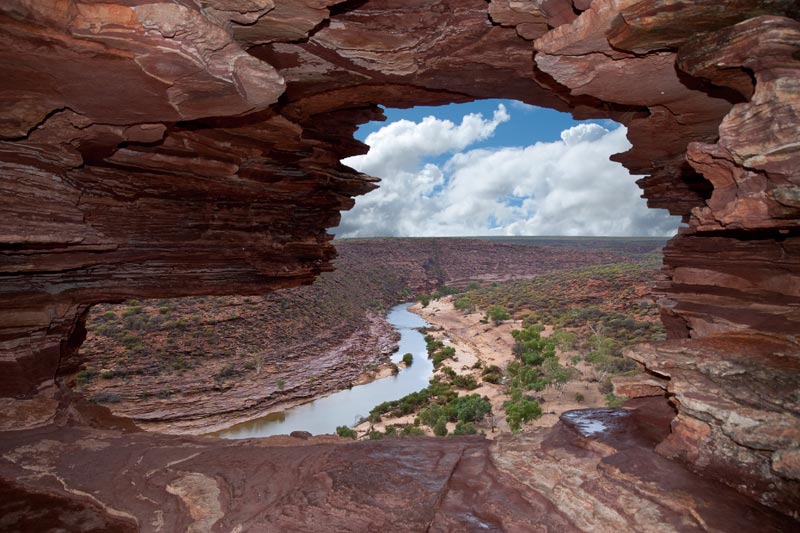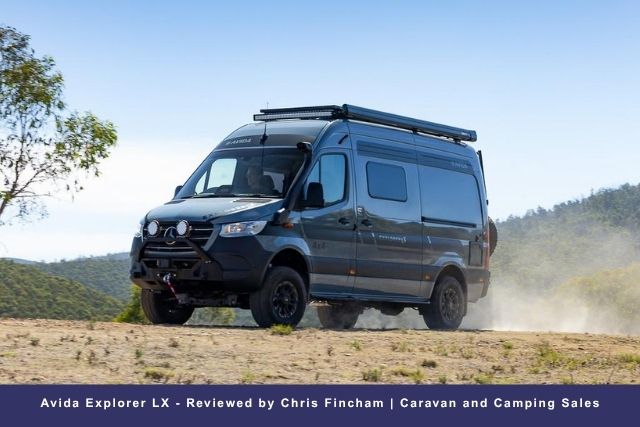
Travel photography is a tradition even older than the motor vehicle, but today’s motorhomes and caravans are the perfect base to make the most of modern photography.
The first important thing, according to veteran magazine photographer Andrew Britten, is to really get to know your camera, regardless of type.
“Today’s digital SLR-type cameras (DSLRs) can do amazing things, but even a smart phone may be enough for many people’s needs,” he said.
“As long as you know how to use your camera, and which of its functions you want to use, you can then concentrate on the composition and lighting that are vital to a good photo.
“If you’re not confident, most photography shops can offer helpful advice at point of sale or suggest a suitable photography course at moderate cost.
“One great opportunity when you’re travelling by motorhome is the lofty viewpoint from the cabin, which often reveals scenic photo opportunities that you’ll never see from a car.
“Combine that with the convenience of a quiet, dust-free interior complete with plenty of power points and even a good-sized TV, and you have everything you need for easy post-production “
Although subjects such as scenery, buildings and people are usually easy enough to shoot, Andrew has special advice for capturing the magic of a star-studded outback night sky.
“If you want the sense of stars in the sky as point sources, shoot as wide as possible with the lens wide open and focus at infinity,” he said.
“Use a decent tripod to keep it steady, as you’ll need an exposure of around 15 second even at an ISO setting of 1600/3200.
“It’s not serious astronomical photography, with nebulae and planet details and the like, but results can be spectacular with modern DSLRs and more than acceptable with point-and-shoot cameras.”
What happens after the shooting can be more important than the shoot itself, and Andrew says this is where a motorhome or caravan comes into its own.
“You can spend many a happy hour on the laptop, editing and sorting your images, and sending them to friends and family,” he said.
“Choose the software that suits you best – it often comes standard with the camera or the laptop – and then just start playing with what you can do.
“Save an original of each photo, and you can do whatever edits you like on the copy without fear of spoiling the original.”



